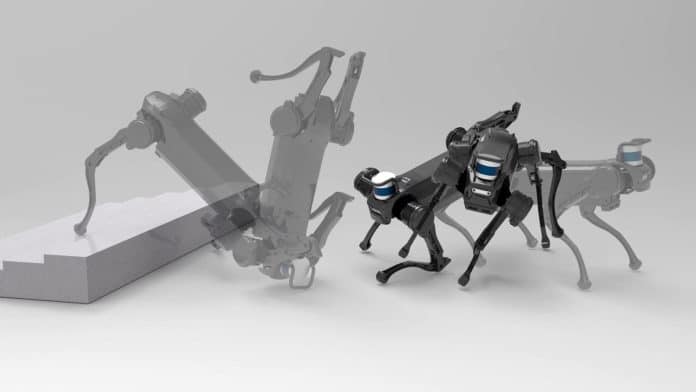One of the biggest obstacles to the robot revolution is their inability to adapt to previously unseen situations. But that is about to change, thanks to a new approach that combines adaptive skills on the move to meet new challenges.
Recently, a team of joint researchers from Zhejiang University and the University of Edinburgh claims that they have developed a better way to teach robots how to independently walk and recover from falls. In a recent article, the team explains how their dog-like robot, Jueying, improvises new skills and adapts to unknown challenges in real-time. It uses the multi-expert learning architecture (MELA) technique that learns to generate adaptive skills from a group of representative expert skills.
The team created the first trained software to guide a virtual version of the robot. This software includes eight AI “virtual experts” that they have trained to master a specific skill. Among them, some virtual experts specialize in training on walking and balancing, while others teach robots how to stand up after a fall. Whenever the digital robot successfully completed a task, a virtual expert group rewarded it with a virtual point.
After successfully training eight virtual experts in the latest AI coaching software suite, they developed a virtual network that acts as a type of head coach. This network manages the inputs of eight other algorithms, prioritizing one or more as needed in a given situation.
Eventually, they integrated their software into a prototype robot dog named Jueying. In the test, this dog was forced to fall to the ground, and suddenly, it could stand up and move normally quickly.
Zhibin Li, a co-author of the report, told Wired that their team’s research goal was to create smarter machines capable of rapidly combining flexible and adaptive skills to tackle various tasks they had never seen before.
However, it may take a while before we see Jueying and Spot sparring for the best robot dog award. One of the challenges the team faced was reducing the computing power required to simulate robot training. They need to do that to make it more useful for practical applications.
